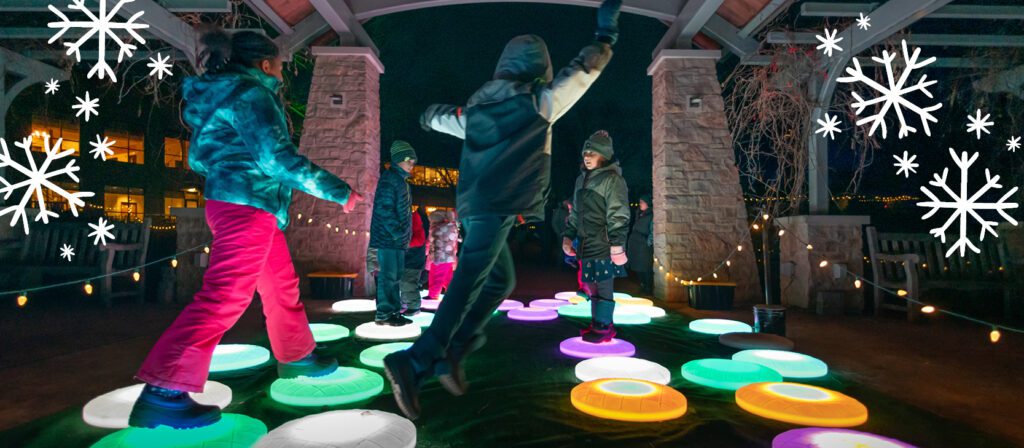Last time, we specifically talked about how mammals like squirrels, chipmunks and bears survive throughout the winter season in Wisconsin. This week, we’ll highlight the strategies that beneficial pollinators and other species of birds, bees and insects use that are different from mammals.
Birds
Birds have a big advantage over mammals – flight. Being able to escape the cold is a pretty big deal. Some birds will migrate, while others will stay in Wisconsin year-round. Different types of birds take different approaches. Birds like Mourning Doves, House Finches, White-Breasted Nuthatches and even Barred Owls will all stay in the Wisconsin area during the winter months. Others, like horned larks, many of our colorful warblers and hummingbirds migrate to warmer climates to find food.
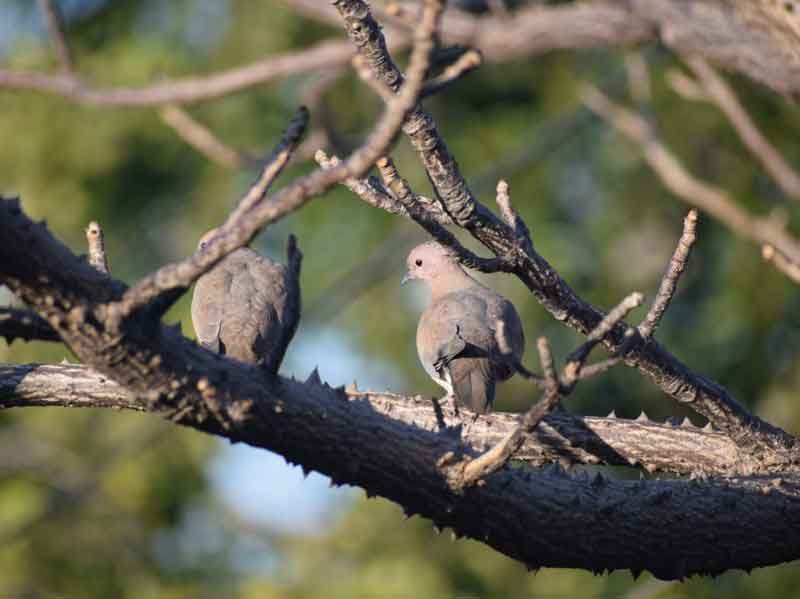
Season is very important for birds. Much like for mammals, it determines how much food is available for them. Berries, seeds, nuts and bugs are all much scarcer during the Wisconsin winter. Tree cover also matters as many smaller birds have to stay safe from snow and wind, and they can be preyed upon by larger animals like hawks!
Since most of our trees lose their leaves in the fall, this means less spots for birds to hide and take shelter, but luckily we still have a fair amount of evergreen trees for them to rely on.
Some of the most common species I’ve seen this year in the Garden have been Baltimore Orioles, Blue Jays and Cardinals. This is a beautiful selection of oranges, blues and reds! Jays and Cardinals are here year-round, while Orioles will migrate away during the colder months. Cardinals are some of our most frequently seen bird species during the winter!
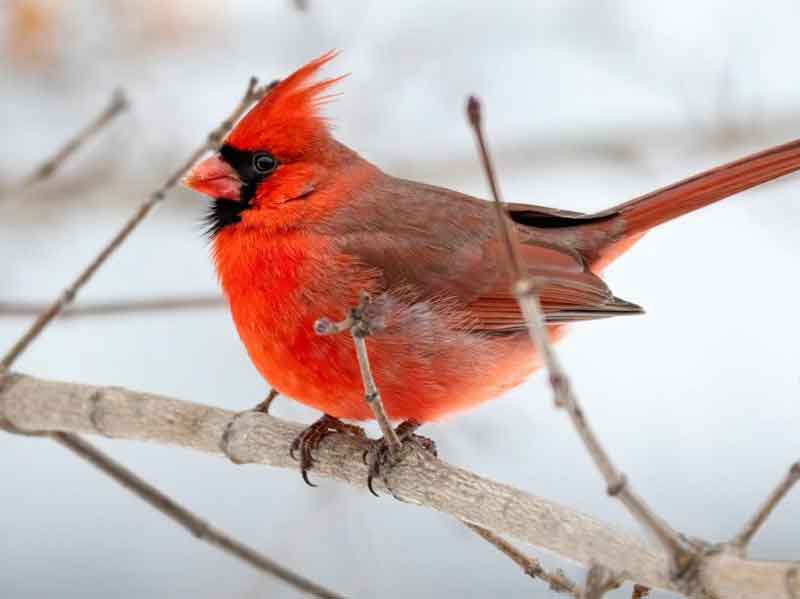
Interestingly, some birds will migrate but only in a portion of their range. This usually happens for northern-most birds, who can’t take the frigid conditions at the “top” of their range, but those that live in warmer southern areas already have no need to migrate. The Cooper’s Hawk is a great example of this. Those in the northern half of the state are usually found only during summer, while those in southern Wisconsin can be permanent residents. Leaving takes a lot of energy and moves the animal away from what may be its home territory.
There are definitely bird species that choose to stay and are still active, even during the winter. These include a host of Sparrows, Black-Capped Chickadees and Dark-Eyes Juncos which are all common residents of the Garden. They can be found foraging for seeds and are able to tolerate the colder weather. The bright yellow of the American Goldfinch can still be seen darting around the area, as they are a year-round species, too!
Insects
Many insects will reproduce, lay eggs and die off. Others will migrate away, and some will overwinter. Trying to troop through the winter is not a good idea for insects – being both very small and cold-blooded. Plenty of insects hide a little below ground to try to survive, then emerge once things warm up.

Dragonflies
One of the prettiest insects to see here at the Garden are our dragonflies near the pond. We’ve got a couple brilliant blue species which we believe to be the Blue Dasher and Great Blue Skimmer, as well as a Damselfly (which look similar). Many of Wisconsin’s dragonflies will die when the cold comes around, although a few select species can migrate away. Given that many insects have much shorter lifespans than mammals and birds, trying to survive is often not as useful as trying to find a mate and reproduce before winter hits.
Bees
My favorite residents of the Garden, bumblebees, have an interesting approach to winter and an even more interesting take on reproduction. Much like honeybees, bumblebees tend to live in groups (but not all bees do!)
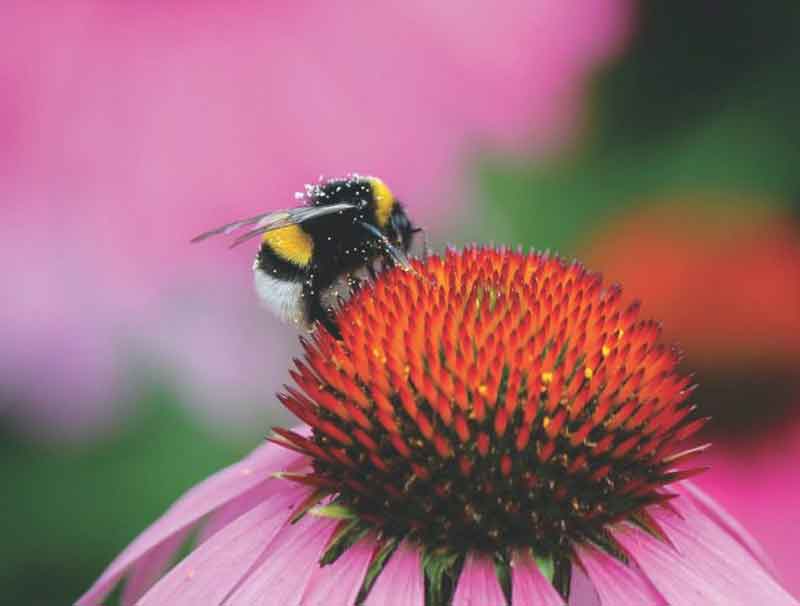
Native bee colonies are much smaller than honeybee colonies. When the cold hits, one queen will end up surviving the winter, while the rest of the colony dies off. The queen actually mates before this happens, because even if she doesn’t know it, she’s got a plan to continue the colony. When things thaw out, she will be ready to go out on her own and build a new colony, collecting materials and laying the eggs that will bring the next generation.
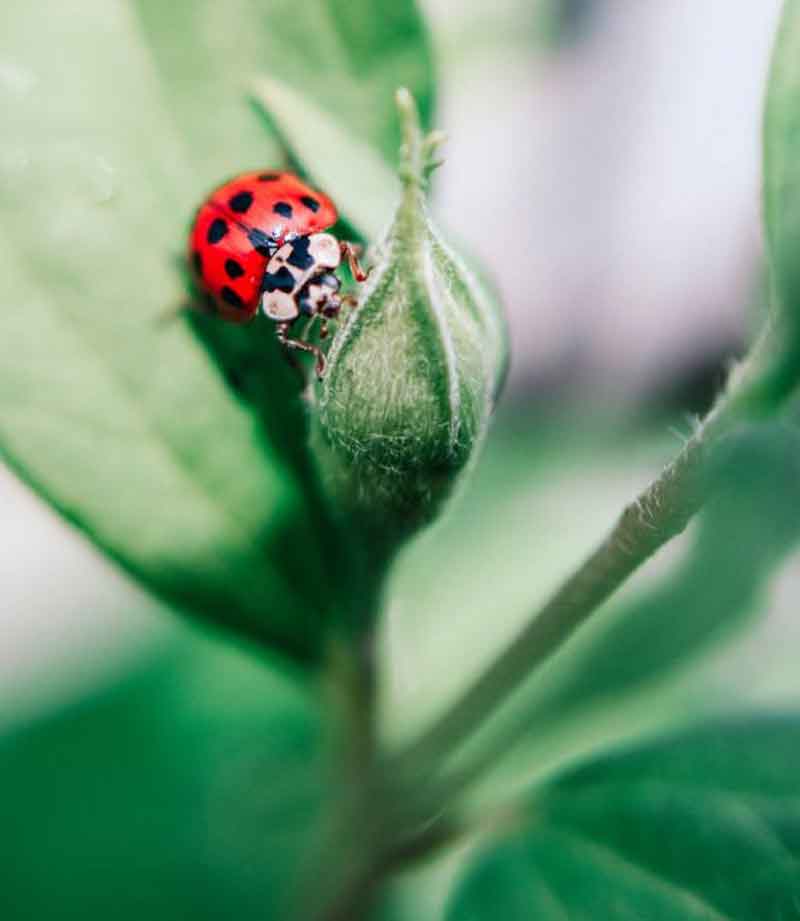
Ladybugs
Ladybugs are frequently found in the Garden. They’re one bug that doesn’t bug us, because they eat many other insects that harm plants while doing no damage themselves! In the fall and winter, these little beetles cluster together in sunny or sheltered areas to try to stay warm. Some people find this to be a bit creepy, but huddling together is a great way to conserve heat.
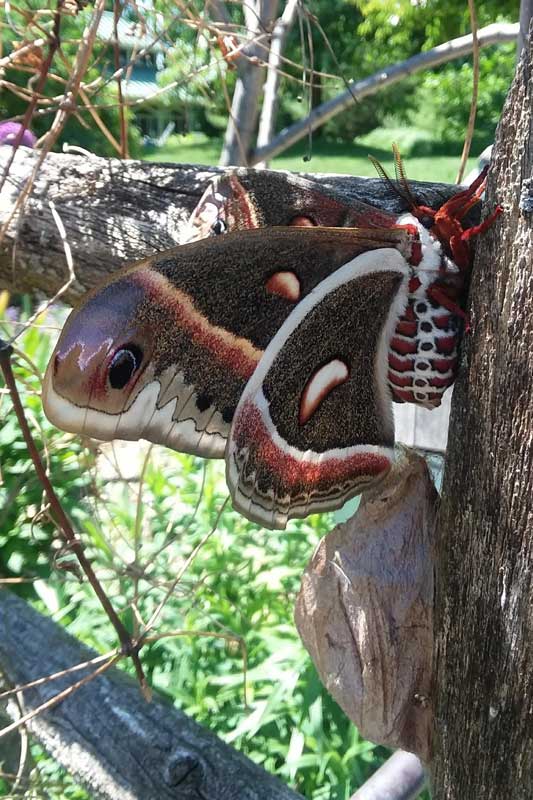
Moths
We also have moths here at the Garden including the Isabella Tiger Moth, the Common Grey Moth which blends in very well with tree bark, and the Hummingbird Moth which was spotted frequently this summer! Many moths will not survive as adults during the winter, but instead rear the next generation which can handle the cold.
A good example is the Tiger Moth, whose caterpillars go into a state of hibernation-like dormancy to get through the season. They can often be seen crossing paths and trails in the fall and may be active on warmer days.
Butterflies
The close relative to moths, butterflies, are famous for migrating away. The well-known Monarch travels great distances for its migration, and the Red Admiral and Common Buckeye also migrate south before the cold hits, but migration isn’t used by all butterfly species.
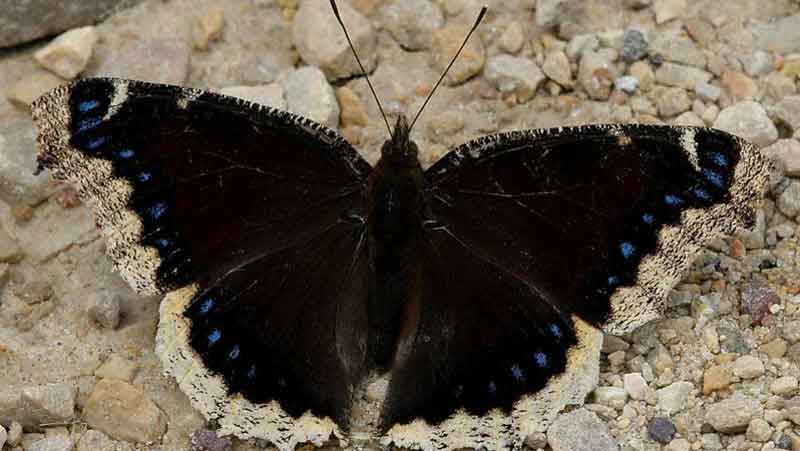
Some butterflies are able to ride out the winter. Mourning Cloaks and Gray Commas are two species that will stay throughout the winter in a state known as diapause which reduces their activity but prevents them from freezing. Larva, eggs and cocoons are frequently better able to handle the cold than the adults, as the adults specialize in reproduction and movement but eggs and larva can be tucked away somewhere warm.
Get tips on how you can support beneficial pollinators including birds, bees and evens some butterflies with our Untidy Your Yard handout and make sure to come back to the blog on December 29 for our final and third installment of this series! We’ll talk about what reptiles and amphibians do to survive the winter season.
Sources
- Dnr.wisconsin.gov – Wildlife Damage
- Eekwi.org – Chipmunks
- Wildlifedamage.uwex.edu – Chipmunks & Ground Squirrels
- Lpzoo.org – Squirrels
- Postcrscent.com – Wildlife Winter Adaptations
- Scottishwildlifetrust.org.uk – Torpor and Hibernation
- Nationalforests.org – Bears and Hibernation
- UWM.edu – Dragonflies
- Ironmountaindailynews.com – Dragonflies
- Fyi.extension.wisc.edu – Butterflies
- Madison.com – Frogs
- Wisconsinbumblebees.entomology.wisc.edu – Bumblebees
- Eekwi.org – Ladybeetles




